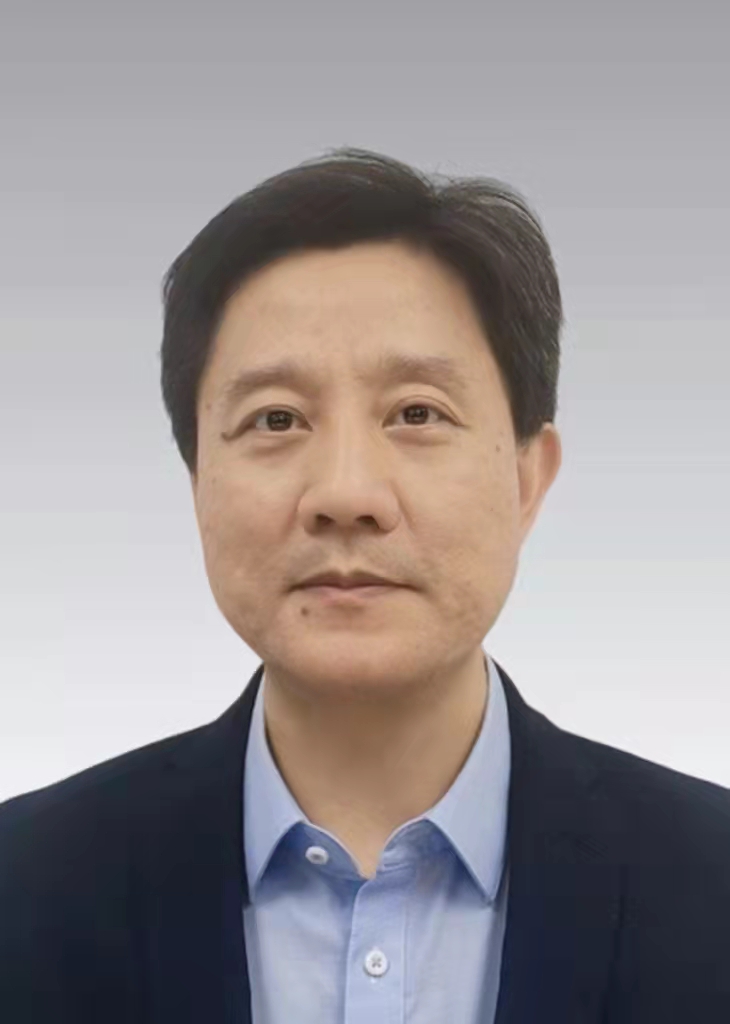|  |
演讲简介
Modern metro transportation systems are starting to witness CV-enabled automatic fee collection, where customer photos are captured at subway turnstiles and matched against a large pre-registered user database. Previous studies feature both local database per station and a centralized database at the cloud. In the latter case, they rely on classic network transmission of AI data, and work on turnstile algorithm design and cloud-side face matching separately. Such remote face matching are mission- critical and face multi-facet challenges: efficient face detection and embedding, effective network transmission, and fast vector matching against a large database in the latent space. The final goal is an all-inclusive end-to-end RTT upper-bounded by ∼300ms. This work presents a holistic remote CV system design, where front-end embedding, UEP-enabled AI data transmission and progressive cloud-side matching are judiciously designed to work in concert, to simultaneously optimize accuracy and delay of the distributed AI application. In particular, our design of numerical FEC may be of independent interest in the era of AI. Both AI models and input are represented with high volume of numerical data, calling for new, optimized transmission algorithms, which we call “AI networking”.
关于讲者
李宗鹏,清华大学长聘教授,本科毕业于清华大学计算机系,在多伦多大学获得博士学位。国家重点研发计划项目负责人,国家特聘人才计划专家,清华-绿盟联合实验室主任。专业方向为计算机网络。在相关领域发表学术论文200余篇,其中包括CCF A类论文100余篇,论文被引约1万次,H因子48。获得5次国际会议最佳论文奖励。曾获北美斯隆学者提名,加拿大计算机学会优秀学者奖励。网络编码学科最著名的开放问题以李宗鹏博士的名字命名。


